Top 11 Rookie RV Mistakes
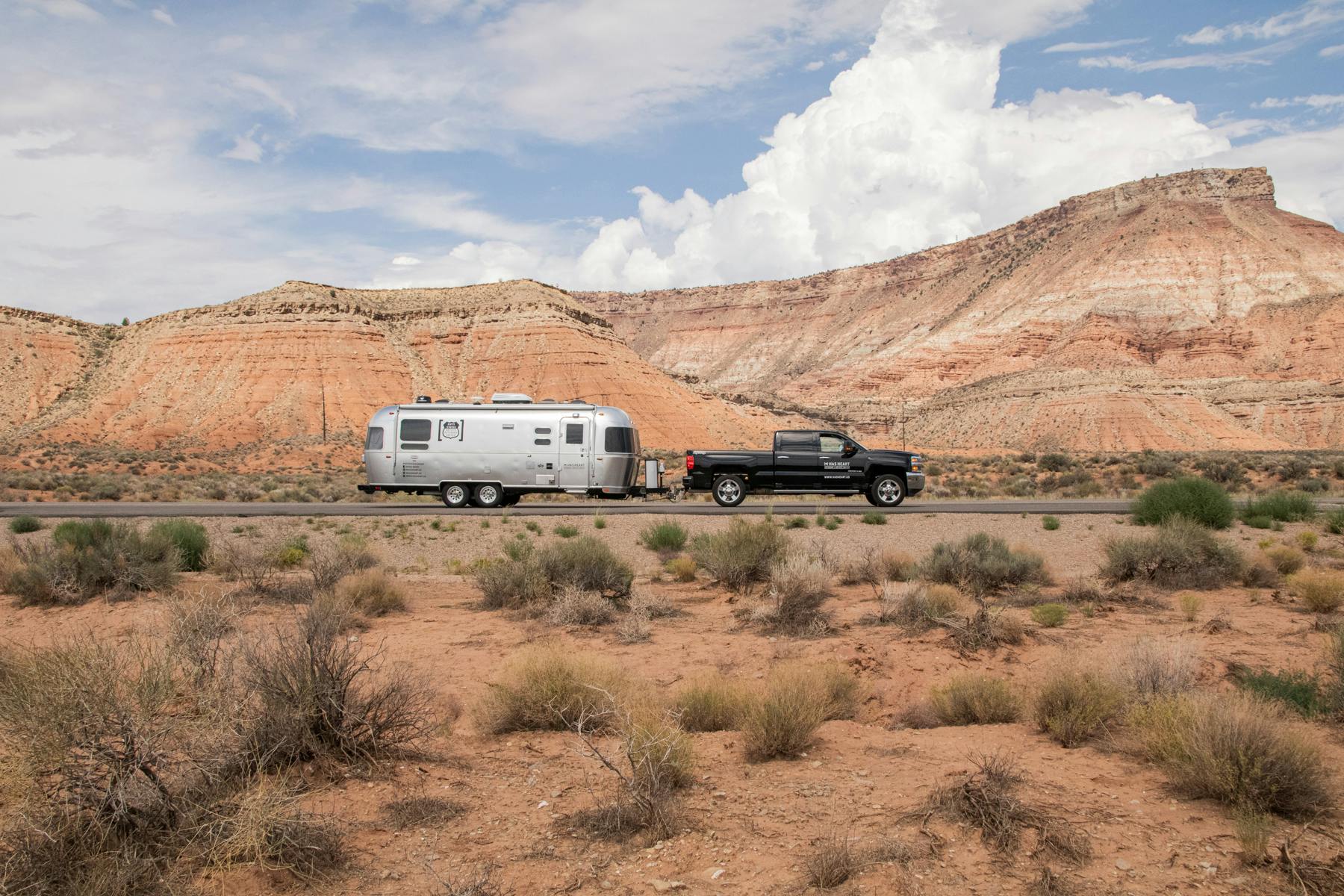
1. Overpacking or under-packing

It’s easy to get swept up into the “might-need-this” mentality when packing for your next camping trip, especially in an RV where there is more space to pack your items than car camping. I’m asking you to lean away from that tendency. Instead, sit down and write out the activities you’ll be doing when camping. It doesn’t have to be too specific and could include two nights of campfires with s’mores, burger night, one-afternoon swimming at the lake, breakfast hash one morning, two hikes, etc. Then, let that list determine your packing list. You can be a little generous here and there; packing an extra pair of underwear is pretty much the standard, anyway, right? This method prevents you from packing too much but also from packing too little. By writing out your meal ideas, for instance, you can deduct what cooking utensils you’ll need to pack as well. Not to mention, writing out the lists will get you excited for camping and take away some of the stress during your trip because your past self already figured it out! Self high-five.
2. Not practicing backing up, towing, driving, etc. in their new rig

Do yourself a favor, and don’t back up your new rig for the first time at your campsite. Instead, find a big open parking lot (watch out for those light poles) and get used to how your rig moves in reverse. It depends on the type of RV and length, but usually, if you want the end of your rig to go right, you turn your wheel left and vice versa. Once you get the hang of it, it isn’t so intimidating! When you do eventually get to your campsite, take it slow and don’t be afraid to ask for help if you need it. One of the best parts of a campground is how helpful everyone is!
3. Driving too fast
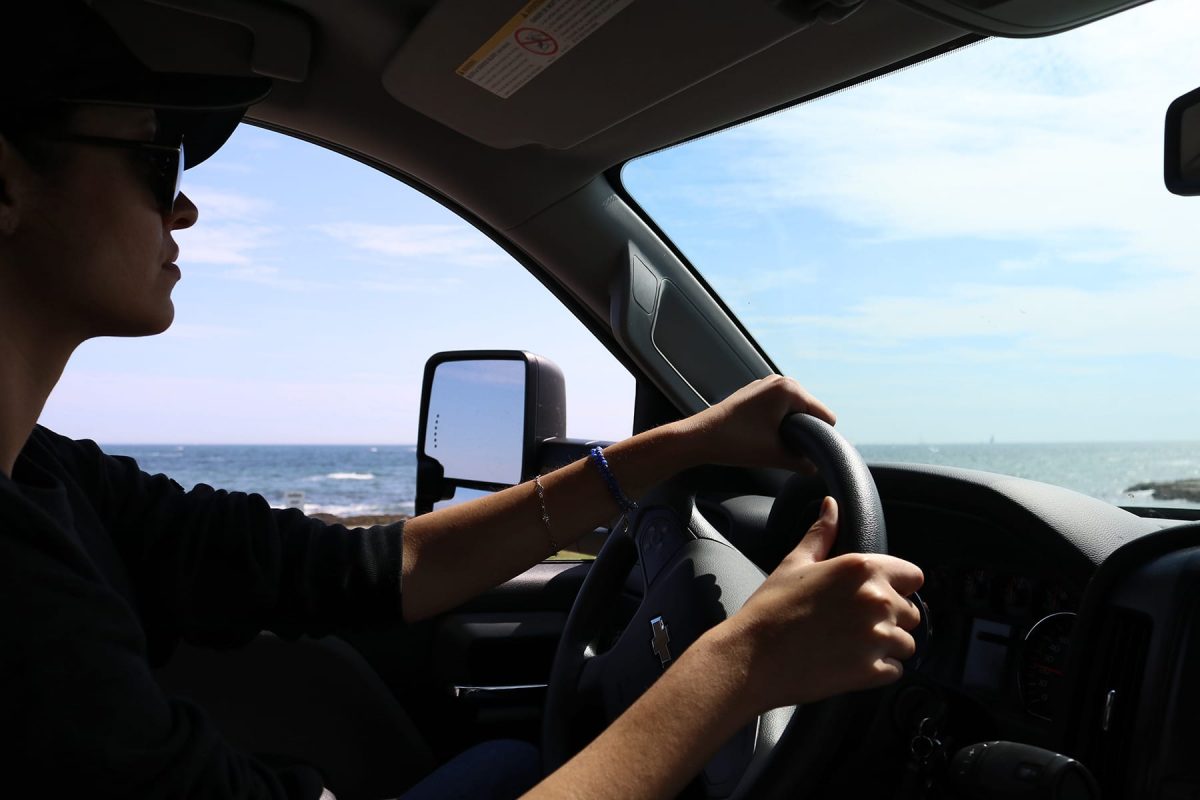
You’ll quickly feel the difference between towing your RV and driving a car that is unhitched. If your new rig is a motorhome, you’ll notice the difference even faster! These things are big vehicles, and they ought to be treated as such. So stay safe and stay in the slow lane.
4. Not researching their route

Pull up your route before heading out. Pay attention to roads that climb mountains or wind dramatically around rivers. If you have a motorhome or towing vehicle that’s powerful enough to go up and down these types of roads no problem, then great! But if you’re still getting the hang of it or have a vehicle (like us) that needs a little breather after towing our trailer up a mountain in the summertime, it’s helpful to know what lays ahead. Sometimes we like to find an alternative route, even if it’s a little longer. Again, it’s circumstantial depending on your car and RV, but it doesn’t hurt to know what to expect.
5. Forgetting to bring the awning in or not tilting it in the rain

Woof. This one hurts because, even after three years of RVing under our belt, we forgot to tilt the awning during a stormy day in Connecticut, and BAM, one of its arms, snapped, and the awning collapsed from the weight of the water. When it’s raining, simply slower one of your awning sides (if you can) so that rain can run off to one side and not pool. If your awning isn’t adjustable, then simply bring it in. If you’re leaving for the day and in an area that can have strong winds, bring your awning in. If you’re at your campsite and the wind picks up, bring your awning in. Strong wind can rattle, rip, and break your awning, so it’s better to be safe and bring it in. You catching my drift? Pun intended.
6. Skipping the walk-through with the previous owner or dealership

When purchasing our Airstream trailer, we recorded the walk-through by one of their service members on our phones. I still have the video of him going through each feature, fan, and fixture of our Airstream. There are plenty of videos online, but it’s nice to talk to someone with experience face-to-face.
7. Not adhering to campground rules or etiquette
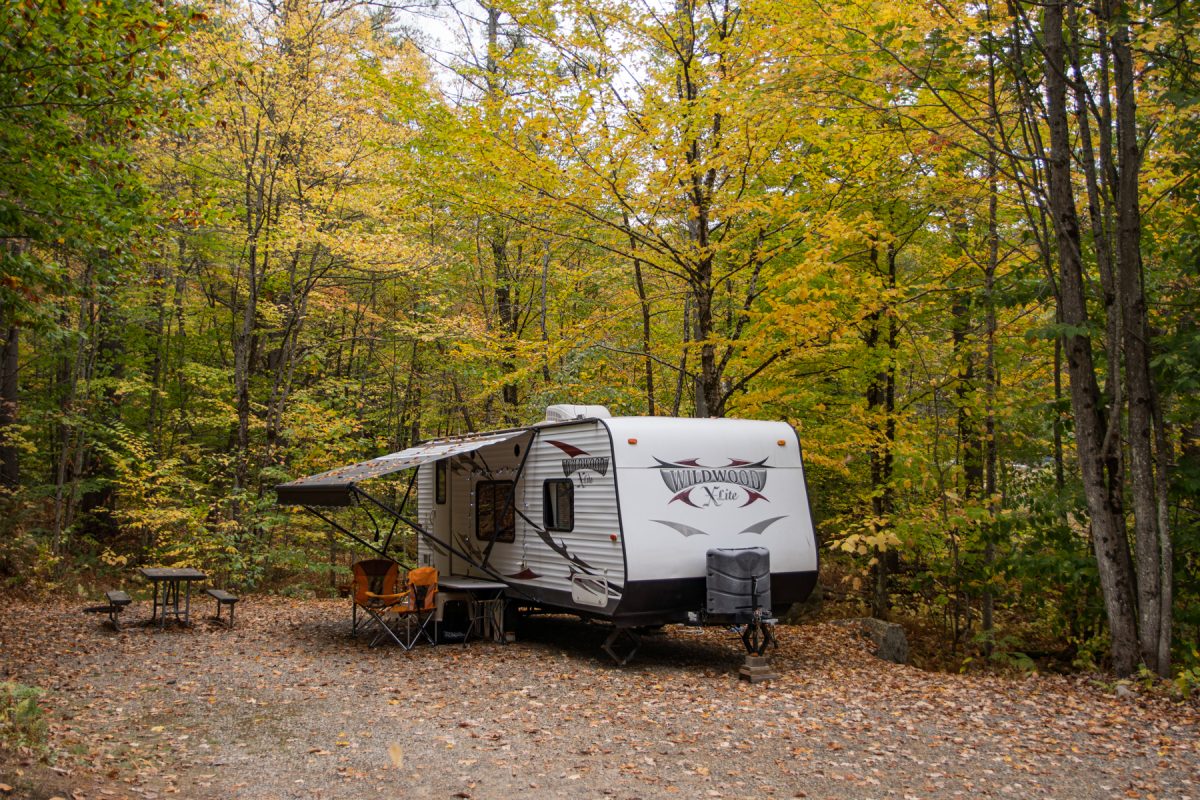
When checking in at your campground, you’ll most likely be walked through a set of rules that the park establishes to help give their customers the best camping experience. Adhere to rules walking your dog on a leash, quiet hours, campfire bans, and more. I get it. Sometimes a whole page of rules can be a bit of a buzzkill, but when it’s past midnight, and someone’s partying and blasting music a campsite away from you, you’ll be glad when the campground ranger rolls by to ask them to keep it down.
8. Forgetting to walk around and through the RV before departing the campground

Before setting out to your next destination or home, a quick walk-through through the outside and inside your rig should be the last thing you do before pulling out of the campsite. For example, ensure all the cabinets are closed on the inside, windows are secure, and the fridge door is shut tight. On the outside, check that all storage compartments are shut and locked, plugs and connections unhooked and put away, awnings locked into place, and more.
9. Not leveling your rig

Avoid the drunken feeling of an RV parked on uneven terrain by leveling your RV. Parking your rig on levelers, placing chocks between your tires, and ensuring your hitch level creates a comfortable camping experience without rocking or rolling.
10. Not knowing your RV specs
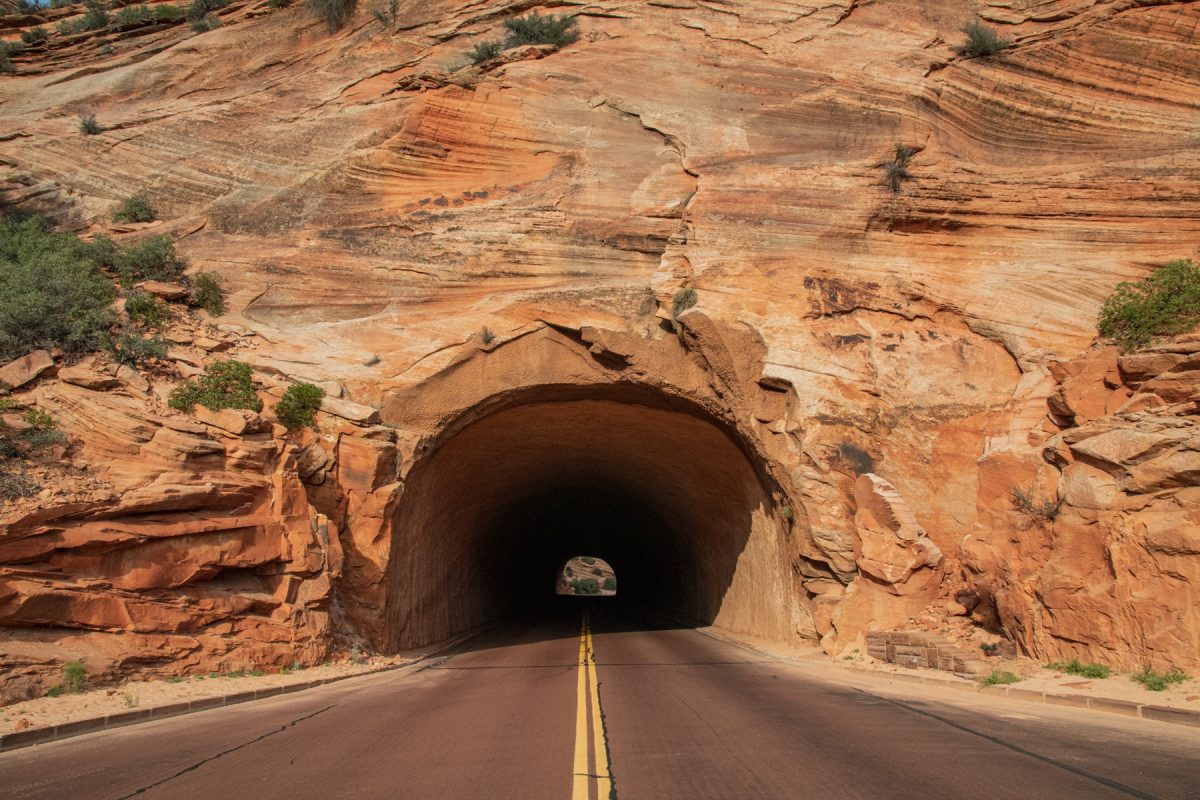
When approaching a tunnel with height restrictions, you’ll realize why it’s important to know how tall and wide your rig is. Other quick specifications important to know are weight capacities, electrical amp requirements, and length.
11. Not making reservations
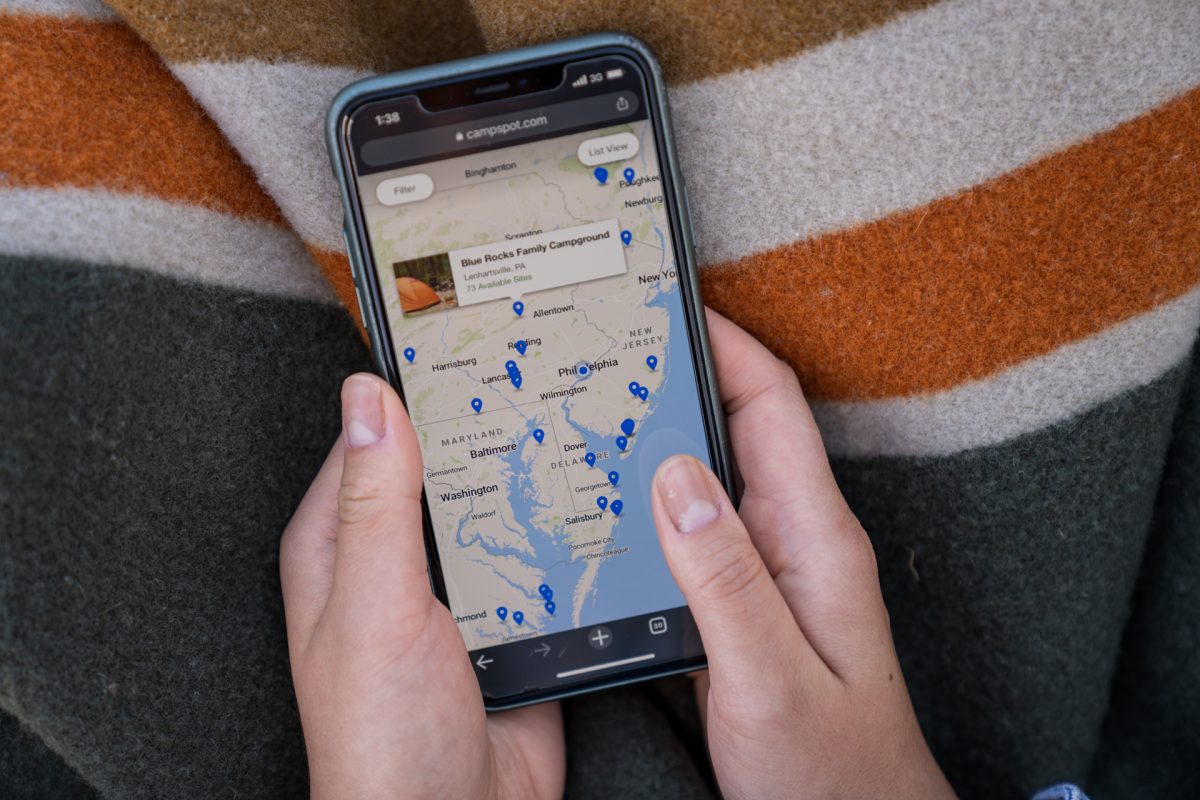
Quickly fading are the days where you could roll into a campground in your RV, and with absolute certainty, there’s a site available. As the camping industry continues to evolve, camping reservations are more accessible than ever. Whether you’re using the Campspot website or app, booking your campsite ahead of time is courteous to the campground owner and prevents you from being potentially stranded!